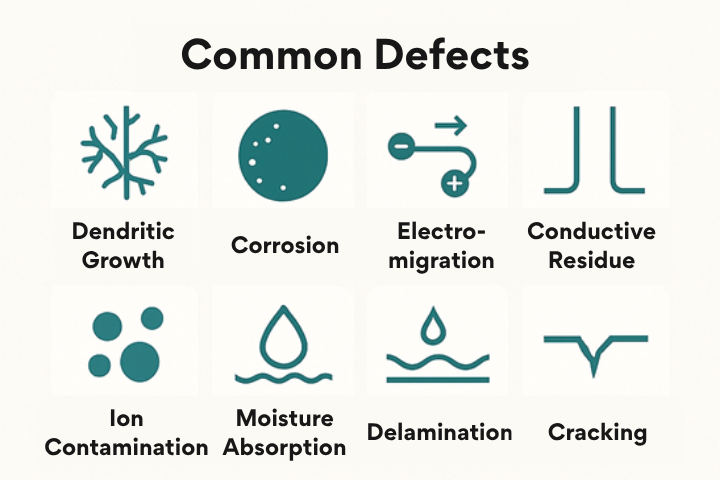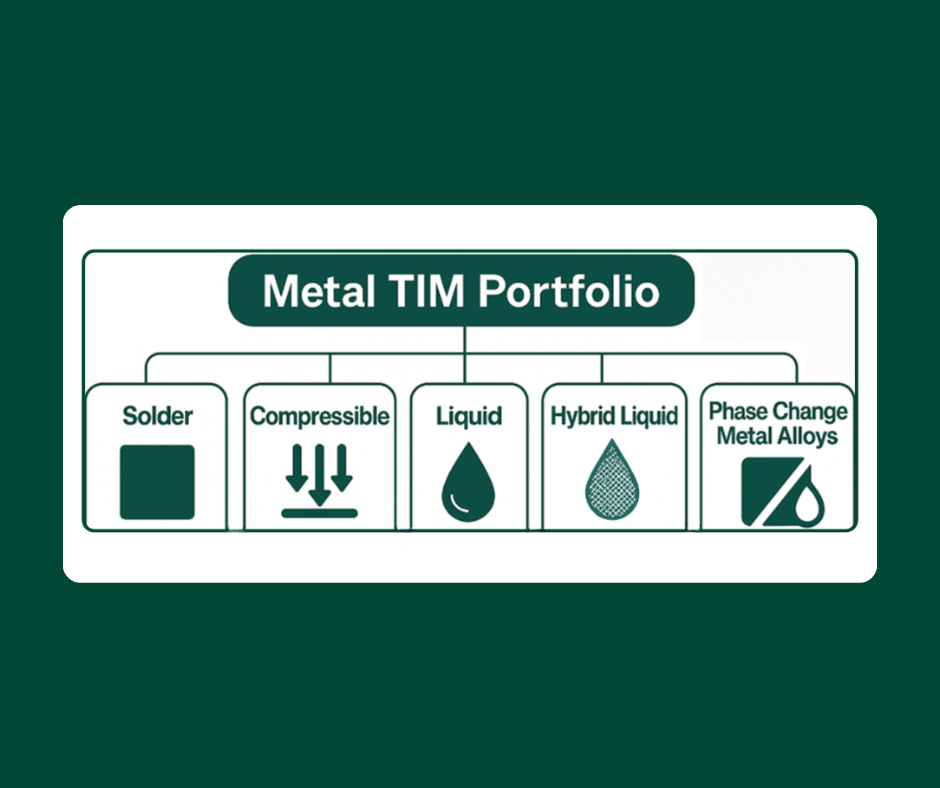"A picture is worth a thousand words." Reliability is worth even more…
Reliability is such an all-encompassing term, we had better start with a definition: In general, reliability (systemic def.) is the ability of a person or system to perform and maintain its functions in routine circumstances, as well as hostile or unexpected circumstances.
The IEEE defines it as ". . . the ability of a system or component to perform its required functions under stated conditions for a specified period of time." – Wikipedia
A natural question to ask is, "what is your measure of reliability, what is your failure criteria?" The failure modes which are common due to ball attachment pin transfer and sphere placement are missing solder spheres and poor solder joints caused by inadequate flux volume. Of course there are other BGA defects like voiding and excessive intermetallic growth – but those defects are related to reflow instead of flux / sphere application.
Let's work backwards. I would expect two issues to cause reliability concerns, 1) inadequate flux volume and 2) excessive flux volume. Not enough flux on the substrate pads will cause spheres to not solder correctly. Since flux battles oxide formation and promotes wetting, it needs to be on the pad and it needs to have enough body to perform its task. It could potentially make cleaning a water soluble flux more difficult and probably won't hold the spheres in place on certain high acceleration automated machines. The process variables that may cause inadequate flux volume are shallow flux reservoir depth, small pins, fast pin motions, and inaccurate dwell heights above the substrate or reservoir base. A large change in viscosity (lower) can also lead to an unexpectedly miniscule amount of flux being transferred.
Excessive flux isn't as common of a concern but it can impact BGA assembly by allowing spheres to shift out of alignment, contributing to thick and dark no-clean residues (in the no-clean process), or just plain causing a mess inside the sphere mounting equipment. Larger flux volumes are caused by the opposite of each process variable listed previously for inadequate flux deposition, as well as pin bridging – the entrapment of flux between transfer pins.



